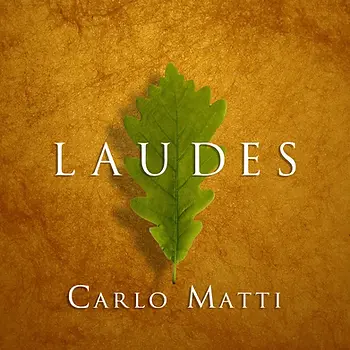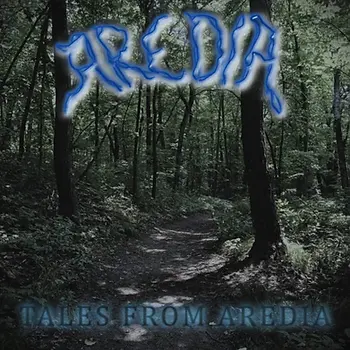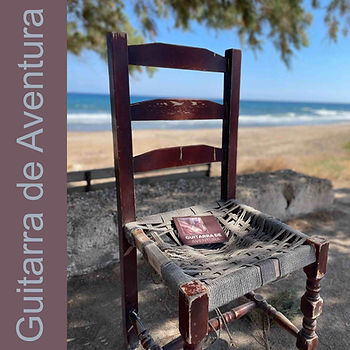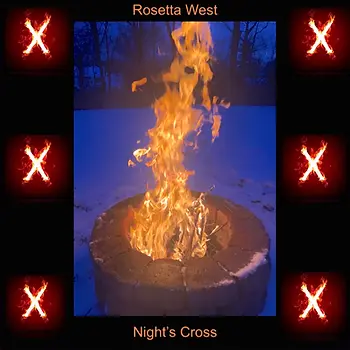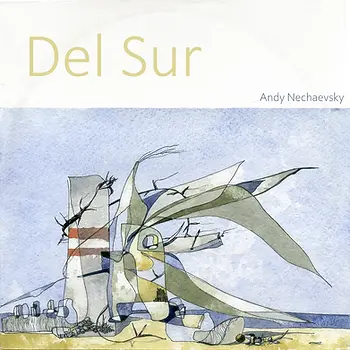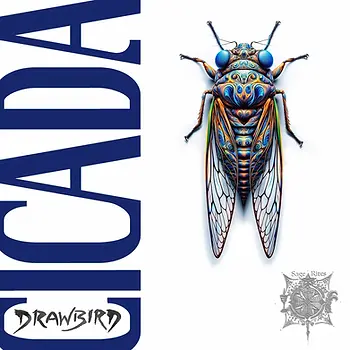
The electronic music album Cicada by Drawbird, released through the Sage Rites Record Label, is a hypnotic exploration of cyclical patterns and interconnected soundscapes. True to its namesake, Cicada reflects a kind of natural rhythm and resonance, with each piece evolving like a cycle—repeating melodic and rhythmic motifs that feel both meditative and deliberate. Across its eleven tracks, the album achieves a delicate balance between ambient atmospheres and driving beats, blending minimalism with moments of melodic transcendence.
At its core, Cicada is about connection—both within and between tracks. Whether through resolving beats, ambient pads, or thematic continuity, the transitions feel seamless. Even when there are no direct musical links, the pieces are arranged in a way that maintains the album’s flow, creating an unbroken narrative that keeps the listener engaged.
The opening track, “Once in a While,” sets the tone with an ambient, mystic atmosphere that feels introspective and ethereal. It crescendos with a gradual build-up of percussion, which resolves beautifully into the second piece, “Frogtosser.” Here, Drawbird delivers a standout track with a mesmerizing beat that pulses with energy, introducing a rhythmic foundation for what’s to come.
“Electronomicon” is an otherworldly experience, drenched in digitalized voice effects that evoke the essence of machines communicating. It’s as if this piece captures the soul of technology, a kind of electronic hymn to the digital age. “Gridsand” follows, beginning with a soft, ambient tone before incorporating digital beeps and a gentle beat that gradually evolves into a lush melodic line. The piece mirrors its opening in the closing moments, tying itself neatly into a cyclical bow.
“Qwikkets” transitions seamlessly from Gridsand, maintaining the same synth textures but evolving them into a new context. This track stands out for its rhythmic focus, leaning heavily on dynamic beats while retaining its atmospheric roots. A variation of the earlier melody provides continuity, while rhythmic shifts keep the piece fresh and engaging.
“Stereoworld” is a rhythmic tour de force. Utilizing tabla percussion alongside electronic beats, this track blends the exotic with the familiar. Melodies here are tightly interwoven with the rhythmic structure, creating an intricate yet cohesive soundscape. The result is an intoxicating piece that feels rooted in rhythm, with every melodic phrase orbiting the percussion.
The short intermission “We Forget Ourselves” serves as a moment of reflection. Beginning with echoes of the tabla percussion from Stereoworld, this ambient track leads seamlessly into “Triplicate.” A trance-inspired piece, Triplicate offers a sense of escape through its hypnotic rhythms and deep, repetitive melodic lines. It’s a moment of immersion, a chance for the listener to lose themselves in its trance-like flow.
“More Organs Mean More Human” is driven by a deep, resonant bassline that grounds the entire piece. The following track, “Hallways,” introduces choral-style singing and layered vocal effects, creating a haunting atmosphere. The interplay of clapping percussion, deep solo voices, and intricate arpeggios makes this piece one of the album’s most texturally rich.
Finally, the album closes with “And We Waltz,” a melancholic and atmospheric farewell. Its waltz-like rhythm, played in 3/4 time, pairs synths with a mournful cello melody to evoke a sense of bittersweet finality. The combination of the traditional waltz structure and its electronic instrumentation creates a surreal feeling—like a dance for the dead. The track’s haunting conclusion leaves the listener with a lasting impression, and of course, the end of the piece can seamlessly blend to the beginning of the album, creating a full cycle, not just within tracks, but also within the whole album.
In Cicada, Drawbird crafts a meticulously woven sonic tapestry. The album’s repetitive cycles and ambient atmospheres draw listeners into a world where time seems to fold in on itself. Each track offers its own unique flavor while contributing to a cohesive whole, making Cicada a sonic adventure within. It’s a testament to Drawbird’s mastery of both rhythm and melody, as well as their ability to evoke emotion through electronic soundscapes.
#ElectronicMusic #AmbientMusic #Minimalism #Drawbird #CicadaAlbum #TranceVibes #ExperimentalSound #MelodicBeats #MusicReview #AtmosphericSoundscapes #Electronica #MusicConnection #HypnoticRhythms #TranceJourney #AlbumReview

